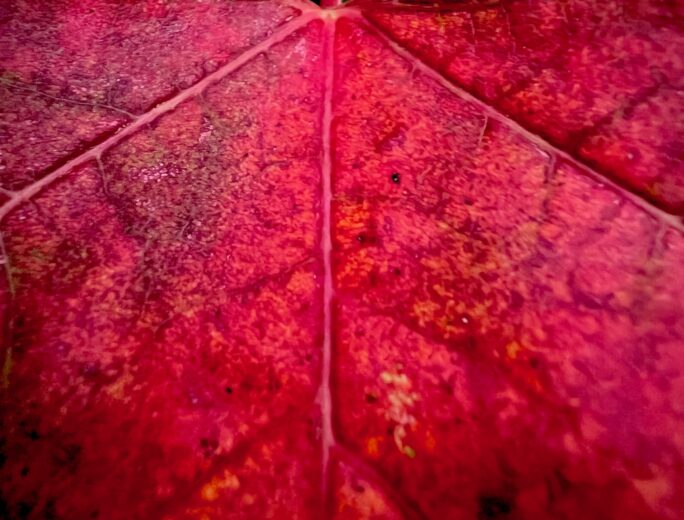“Justice is what love looks like in public.” – Dr. Cornel West
I have noticed an exponential rise in injustice these past few years: social injustice; physical injustice; racial injustice; economic injustice; environmental injustice. Children separated from their families, placed in cages, kept indefinitely in horrendous conditions. Water poisoned. Women missing, abused, murdered. Lands violated. Each of these injustices deserve a library unto themselves. And each of these injustices can be whittled down to a core truth: the abdication of our responsibility to love.
Love. There are far more kinds of love than our ability to name them. Each with its own weight, its own power, its own place in the Grand Order of Things. And when we start making decisions out of fear or greed or hate or apathy – anything instead of love – our contract as functioning members of this Earthen society to which we all belong begins to crumble. And it would seem that our present-day societies have built their foundations upon unstable precipices – societies built upon commodification and consumption. Unsustainable constructs, both. They should fall. We should spend our valuable time on that which is worth nurturing.
And so I find myself thrilled when I am introduced to modern-day philosophers and art-makers who challenge the status-quo. Thich Nhat Hanh. Dr. Cornel West. Dr. Sharon Blackie. Dr. Robin Wall Kimmerer. Charles Eisenstein. Nayyirah Waheed. Bayo Akomolafe. Nature – yes, the land and all the more-than-human beings therein (there’s no link for Nature other than your body – go outside and sit there quietly for 15 minutes – you’ll see what I mean). My whole body hums with curious elation when I hear of concepts like “Tonic Masculinity” used as the earnest antidote to “Toxic Masculinity;” when I hear about the power of reclaiming our place as the keepers of the stories and the modern-day mythmakers; when I hear about letting go of the old story that no longer serves us and stepping in to the new; when I hear directly from the land and the more-than-human world what kin wants; when I hear about the power of Anishinaabe language of animacy; when I realize that love is a radical act.
The latest piece that has struck me to my very core is Natasha Myers’ essay-as-manifesto, “How to grow liveable worlds: Ten (not-so-easy) steps for life in the Planthroposcene.” It took my very breath away, as it, too, is a love song for the world: it doesn’t have to be this way; we can choose justice; honor the relationship-builders; let the plant allies who share this planet with us lead the way with their wisdom. And I am shocked and awhirl with joy in that it was published in the mainstream news media – the Australian Broadcasting Commission – from a place recently ravaged by wildfires which were a direct result of ignoring indigenous fire-knowledge.
The calls for justice – love in public – are getting louder, spreading wider. And I wish that Natasha Myers’ essay could be considered the revolutionary manifesto of this time – I want it atop every flagpole, I want it nailed to every door of every church and every statehouse, I want a return to town-criers who just read this aloud in a crowded square every now and then. And I know that in this story, as this story stands, all I can ask is that you click on the link and read it. And then turn your attention to where these words land in your body. How do they feel as they rest there? Do they move you? How? I wonder what will happen when we start listening. I wonder what will happen when we choose love as our motivation for functioning in this world.





